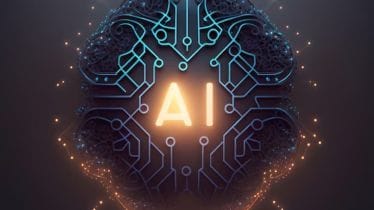The government on Friday released a roadmap under the IndiaAI programme that will enable researchers and startups to use anonymised or non-personal data to train their artificial intelligence (AI) models. The plan involves creating an India data sets platform under the public private partnership model that will have the largest collection of anonymised data to drive innovation and enhance capabilities of AI applications.
As many as six government working groups submitted a report to the ministry of electronics and information technology (MeitY) that outlines a broader framework for the country’s AI programme and the robotics sector.
The development is also crucial for India to come up with its own secure generative AI models like ChatGPT and Bard. For that to happen, large-language models (LLMs) are required. With datasets platform and digital content repository Bhashini, the same is expected to pick up pace.
The government, in the Budget 2023, had also announced that it will launch the National Data Governance Policy to make anonymised data accessible to startups and academia.
“This roadmap and this plan for AI is not just about generative AI…but this is a deep, multi-year roadmap to making India AI work to being a kinetic enabler of the $1 trillion digital economy,” said Rajeev Chandrasekhar, minister of state for electronics and IT.
“The India data sets platform and the India AI compute platform, which would be a PPP project, will also create substantial GPU (graphics processing unit) capacity for our startups and other researchers to train their models,” Chandrasekhar added.
At a time when there is a requirement of high computing, GPUs have become the foundation of artificial intelligence. The processors can dominate dozens of CPUs (central processing units) in performance to train neural networks (like generative AI platforms) for image and video processing.
The report on AI programme also talks about leveraging the industry and the semiconductor mission to support the development of AI chips.
While the government has created a broader framework, all the guardrails and regulations regarding AI and use of data sets will be addressed under the Digital India Act.
Chandrashekhar said the provisions of the Digital India Act will effectively enable and resolve issues regarding identification of ownership or source of anonymised data.
On robotics, the government has currently issued a consultation paper and is seeking public comments till October 31.
The National Strategy of Robotics intends to position India as a global leader for robotics to develop its transformative potential. The government has proposed a two-tier institutional framework for implementing the National Strategy on Robotics under the National Robotics Mission.
The government is also planning to create at least 20 more centers of excellence for AI and robotics from three at present.
